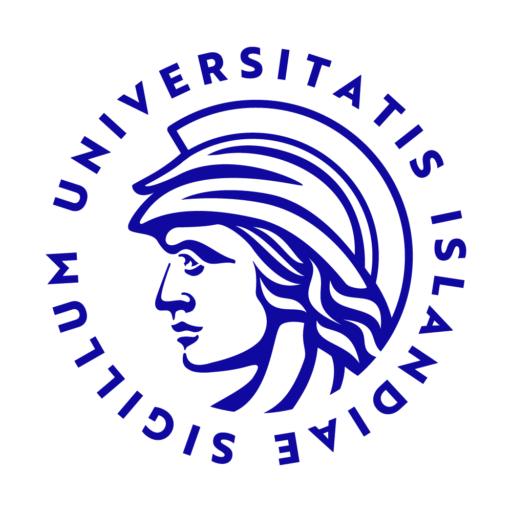Main author: Stefanía P Bjarnarson
Institution or Company: University of Iceland, Biomedical Center, and Landspitali, the National University Hospital of Iceland
Co-Authors, Institution or Company:
Audur A. Aradottir Pind, University of Iceland and Landspitali, the National University Hospital of Iceland. Giuseppe Del Giudice, GSK Vaccines, Siena, Italy. Ingileif Jónsdóttir, University of Iceland and Landspitali, the National University Hospital of Iceland.
Introduction: High susceptibility to infectious diseases and low vaccine-induced antibody responses characterizes neonatal and infant period due to immature immune system and therefore formulating vaccines with novel adjuvants is an attractive strategy. Early life germinal center (GC) B-cell and T follicular helper (TFH) cell induction is restricted but the role of follicular T regulatory (TFR) cells and IL-10-producing B and T regulatory cells is unknown. Hence, we set out to define their postnatal-development and role in vaccine responses.
Methods: Subsets of B- and T-cells were assessed in 7,10,14,21,28 days old and adult mice, and 4, 8, 14 and 21 days after neonatal immunization with pneumococcal conjugate w/wo LT-K63, vaccine-specific antibody-secreting-cells and antibodies were measured.
Results: Newborn mice had fewer splenic B-cells and CD4+ T-cells up to 4 weeks of age and the subset composition within each population differed substantially from that in adult mice with increased bias for immediate regulatory cell differentiation and IL‐10-production. The adjuvant LT-K63 reduced the preferential neonatal B and T regulatory cell differentiation early after immunization that coincided with enhanced vaccine-induced-IL-21R expression on B-cells. This was associated with enhanced GC B-cell induction, increased TFH and TFR expansion, and persistent humoral responses.
Conclusion: This study shows for the first time, to our knowledge, a possible role of B and T regulatory cells in early life low vaccine responses and ability of the adjuvant LT-K63 to circumvent preferential regulatory differentiation, thereby allowing better induction of effector cells that contribute to enhanced and prolonged immune responses to vaccines.

